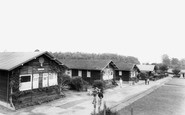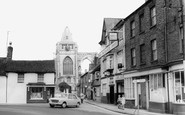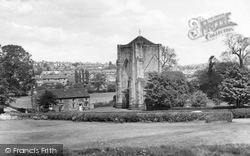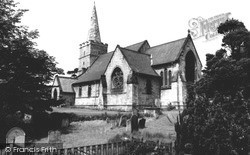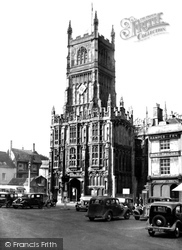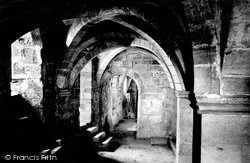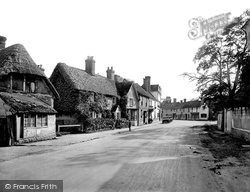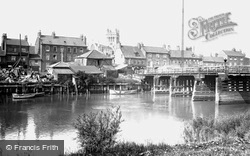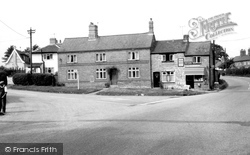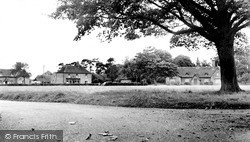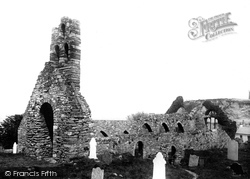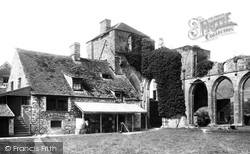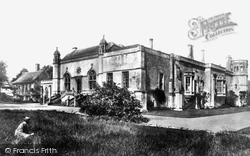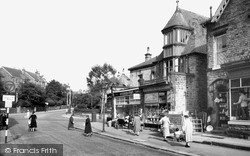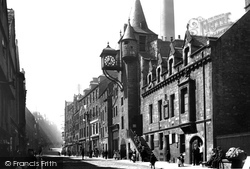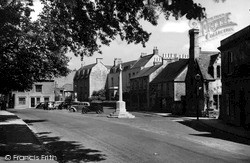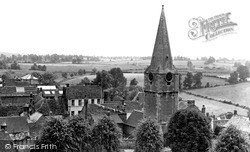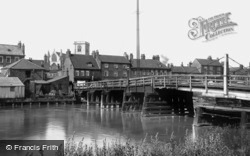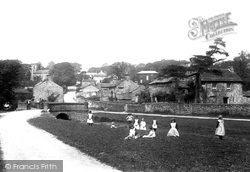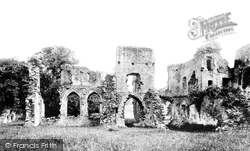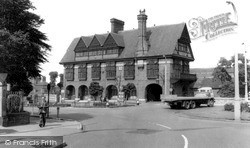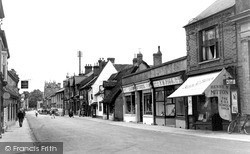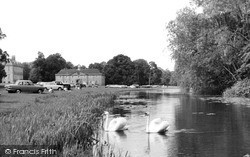Places
2 places found.
Those places high-lighted have photos. All locations may have maps, books and memories.
Photos
36 photos found. Showing results 61 to 36.
Maps
148 maps found.
Books
Sorry, no books were found that related to your search.
Memories
41 memories found. Showing results 31 to 40.
The Best Days Of My Life
I attended this camp about 6 times when I was at St John Fisher School, Gateshead in the early 60's. A school from Middlesboro would also have been at the camp. I have only fond memories of this place; £1 for 2 weeks all in, ...Read more
A memory of Hexham in 1964
The War Years And A Life Of Bliss
During the Second World War my parents, my sister and I moved from Birmingham to stay with my paternal grandparents at New Mill Bridge wher my grandmother Harriet Cook owned and ran the local store "Cooks ...Read more
A memory of Shelsley Walsh in 1941 by
Properties & People
I, Ray Murphy, came across your site, re Shaw Mills, Yorkshire, U.K., as I was looking into events of my past life, for the benefit of my son’s Australian family, at the time of my 84th birthday, 19/9/35. I am the Patriarch of the ...Read more
A memory of Shaw Mills by
Gypsy Beauty
Our Barge King Edward V11, was moored at The Lock Waltham Abbey C 1954 I was 14 years old. I loved the mooring and used to go often to the Cinema's in Waltham x. I became a member of the Drama Group in the Abbey. One Sunday I saw a ...Read more
A memory of Waltham Abbey by
The Hole In The Wall
Way back in the 50's I had not been long in Bury where I had arrived to join the staff in the Borough Offices on Angel Hill. It was Armistice Day, and the Councillors and senior staff paraded to the Cathedral for a service..On ...Read more
A memory of Bury St Edmunds by
Fosters Field Finds
As a child in the late 50's I used live in Fairfield Street opposite the Monks Abbey. Every day after the school day was finished at Monks Road school, I used play around the Abbey ruins and Fosters field as well as the Arboretum. ...Read more
A memory of Lincoln in 1957 by
Dorstone In The Golden Valley
In many parts of the world the countryside is largely unclaimed, untamed, even uninhabited; consider, say, the large swathes of Australia’s Kimberley region, Indonesia’s Kalimantan, or the interior of Baffin Island. ...Read more
A memory of Dorstone in 1940 by
Dhl Barber
My Father and Grandfather both had shops in London Road, Waterlooville. My Grandfather had an ironmongers in the late 30s early 40s (unfortunately I don't know the dates) but it was located near Pinks. From the early 50s to the ...Read more
A memory of Waterlooville in 1950 by
Abbey Hotel
I think that is the name of the pub/hotel on the right hand side not far from the entrance gate to the Abbey. I used to stay there as a child with my mum & dad. My dad met the licencee Harry (Allman?) in the second world war. It was a ...Read more
A memory of Crowland by
Abeygate Street
In the 50's there was two way traffic in Abbeygate Street with T.H.Nice's Garage half way down with petrol pumps which swung over the road.I bought my first car, a prewar Ford 8 from him for £100,- which was the new price in 1938 !
A memory of Bury St Edmunds by
Captions
124 captions found. Showing results 73 to 96.
Beauchief is four miles south of Sheffield, but all that remains of the Premonstratensian Abbey founded by Robert Fitz Ranulf around 1183 is the west tower.
Though the west tower with its distinctive recessed spire is said to contain masonry older than Roche Abbey, the rest of St Bartholomew's dates from 1859, when it was rebuilt to a design by P Boyce.
Dating from the late 15th century, the three-storey porch originally housed the administrative offices for the abbey.
Ripon Cathedral stands on the site of the Saxon abbey church of St Wilfrid, of which this crypt still remains. It dates from about 672, and is one of the oldest Christian survivals in England.
It was a Roman town and the seat of an Anglo-Saxon bishopric, and is now dominated by its great late 11th-century Abbey church. Nowadays the by-passed winding High Street is again peaceful.
In the background is the abbey church, dating from around 1100.
To the east of the village are the earthworks of a moated grange to Garendon Abbey, a Cistercian house founded in 1377.
It was all done in memory of Sir Joseph Banks, who lived in Revesby Abbey, named after the 12th-century abbey, a Cistercian foundation.
Howth Abbey is also known as the collegiate church of Saint Mary. It is believed to have been founded in 1235, although it is based upon a Viking foundation.
Today's visitors can repair to the bar in the basement of the hotel, which occupies part of the west range of the abbey.
Standing on the site of an Augustinian convent which was founded in 1232, Lacock Abbey is the place where, in 1835, William Henry Fox-Talbot took the world's first photograph - a negative of
Top right: Ecclesall Church, an important landmark in this sprawling suburb, dates from 1788 and replaced an ancient chapel that was served by the monks of Beauchief Abbey.
The abbey is much shorter than its Norman predecessor, occupying only the space of its nave; the former choir and transepts were where the railinged green is in this view.
The Canongate was where the canons of Holyrood Abbey entered the Old Town. The tolbooth, with its projecting clock, is one of the most famous landmarks on the Royal Mile and dates from 1591.
A Benedictine abbey stood just off the town square, a vast church that dated from Saxon days.
Its abbey is set on a hilltop, where a castle once also stood until it was demolished in 1216. The Abbey church was founded in the 7th century.
In the background is the beautiful abbey church, dating from around 1100.
Top right: Ecclesall Church, an important landmark in this sprawling suburb, dates from 1788 and replaced an ancient chapel that was served by the monks of Beauchief Abbey.
Parts of it date from the 1400s, and the three bells are said to have come from the Abbey after it was pulled down.
Little of the abbey church remains, but other buildings around the cloister are better preserved. This view shows the south transept (centre left), with the chapter house on the right.
Lacock Abbey is one of our national treasures. It was founded as an Augustinian nunnery in 1232 and converted to a private residence after the Reformation.
by the illustrious London architects Ernest George & Peto and built in 1882 at the then enormous cost of £20,000, was funded by Viscountess Ossington, sister of the 5th Duke of Portland of Welbeck Abbey. A
Ramsey attained early importance with the foundation of its abbey in 969. It survived for around five hundred years until Henry VIII's dissolution of the monasteries in the 16th century.
Pevsner rightly refers to the house (extreme left) as the finest of its date in the county, designed by William Smith of Warwick in 1697 for Sir Roger Cave.
Places (2)
Photos (36)
Memories (41)
Books (0)
Maps (148)
























